The couple of sloth start to make their first approaches
hace 1 yearThe first approaches between the male and female sloths (Choloepus didactylus) of Terra Natura Benidorm have already begun, although it has taken more than eight months to see these first contacts. The female, called Charlie, arrived at the park last year to live with Pere, the male who had been living at the nature park since 2021.
Although they had been sharing the facility for months, it was not until now that the two animals have shown some interest in each other. Over the last few days, keepers have seen how the male and female stay together at night in their indoor shelter showing no aversion to each other and no signs of territoriality.
The two sloths remain inside the aviary, Charlie and Pere roam freely in this space without any inferences to avoid altering their socialisation with the aim that both specimens relate in a natural way.
The sloth is a protected species, which is within the European Endangered Species Programme (EEP) of the EAZA.
If Charlie finally gets pregnant, she will have to complete a six-month gestation period to have a baby. The reproduction can help to strengthen the populations of this species.
One of the most important target of zoological institutions, as Terra Natura Benidorm reminds us, is to constitute a genetic reservoir to preserve populations of endangered species or populations at risk. Through the EEP, the animals that are genetically compatible are coordinated to preserve genetic phyla, capable of regenerating wild populations if necessary.
Sloths have an extremely slow metabolism. Their joints are set up to hang upside down comfortably. In the wild, their fur harbours different types of parasites, making it a complete ecosystem for them. Despite their calm appearance, they have powerful teeth with sharp teeth, capable of challenging jaguars.
The sloth is a solitary, diurnal, arboreal animal that usually inhabits the Amazon rainforest. It is able to swim and ford rivers. The main conservation threats to this species are pressure from humans and large birds of prey, as well as felines such as the ocelot.

